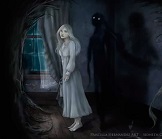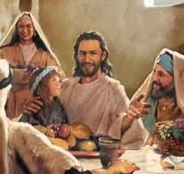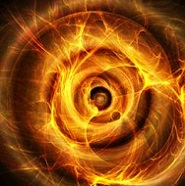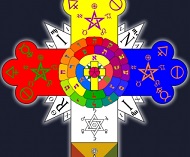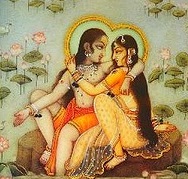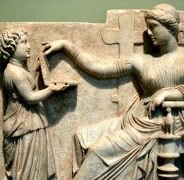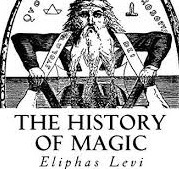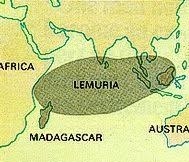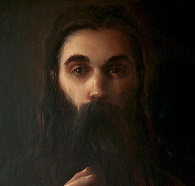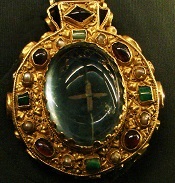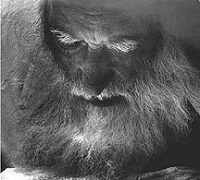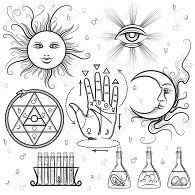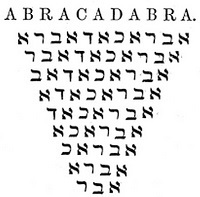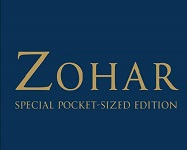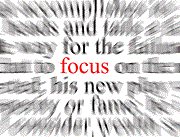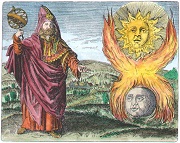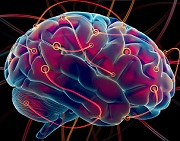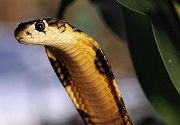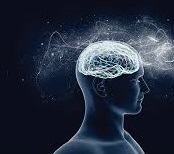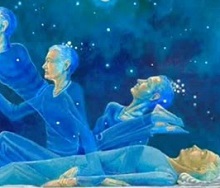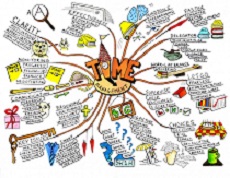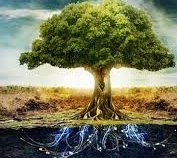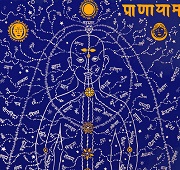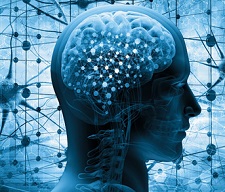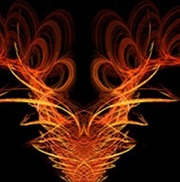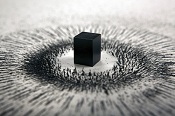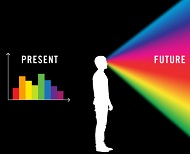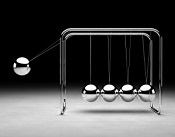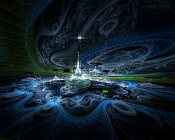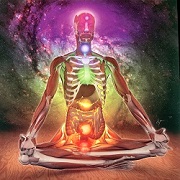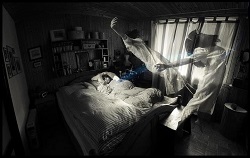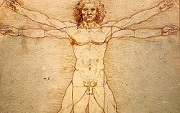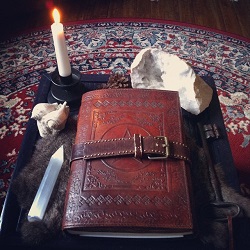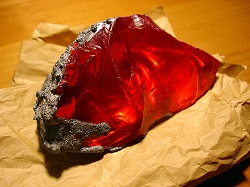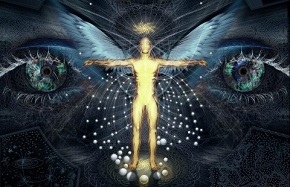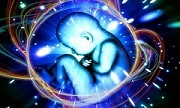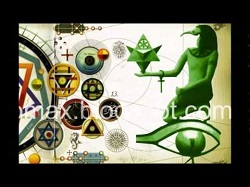What is The Tree Of Life?
The Tree of Life symbolizes the cosmos that emanated from the Ain Soph, which consists of ten sephiroth belonging to different levels of spirituality and materiality. They are as follows:
1. Kether, crown
2. Chokmah, wisdom
3. Binah, understanding
4. Chesed, mercy
5. Geburah, strength
6. Tiphareth, beauty and harmony
7. Netzach, victory
8. Hod, splendor
9. Yesod, foundation
10. Malkuth, kingdom
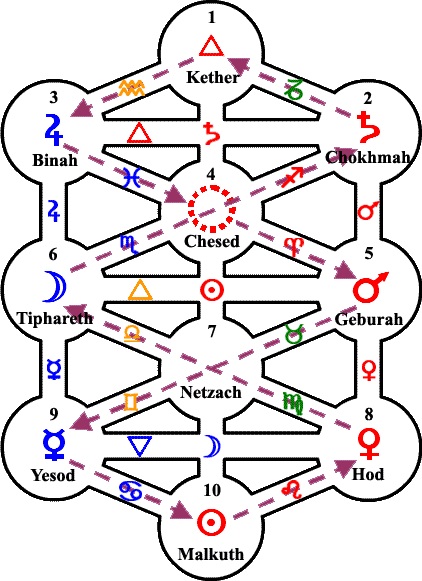
The tree of life represents the various stages in the emanation of the deity into the universe. The ten sephiroth are connected to one another through 22 paths. These, together with the ten sephiroth, become the 32 pathways of growth in practical Kabbalah.
The sephiroth of the Tree of Life are divisible into four worlds:
1. Atzilut, the World of Emanation. This is the divine world or the realm of pure spirit. Here lies the sephiroth Kether, Chokmah and Binah.
2. Beriyah, the World of Creation. The world of the highest angels. It is also the realm of the next three sephiroth, Chesed, Geburah and Tiphareth.
3. Yetzirah, the World of Formation. The world of the ten angelic hosts: Malachim, Arelim, Chajoth, Ophanim, Chashmalim, Elim, Elohim, Benei Elohim, Ishim and Seraphim, presided over by the Metraton, the Prince of the World. It is the world of the sephiroth Netzach, Hod and Yesod.
4. Assiyah, the World of Action, the material realm. It is the location of the last sephira, Malkuth.
The ten sephiroth are also divided into three groups, called the three pillars. The three sephiroth on the right are masculine and constitute the Pillar of Mercy. The three on the left are feminine and constitute the Pillar of Judgment. The middle Pillar, consisting of four sephiroth, is regarded as the perfect pillar, the mediating factor between light and darkness. It is also called Shekhinah.
Kabbalistic literature, such as Sefer-ha-Bahir and Sefer ha-Temunah, also teach the transmigration of souls, or gilgulim. While it is generally rejected by mainstream Judaism, it is taken for granted in the Kabbalah.
Theosophical Views on Kabbalah. Helena BLAVATSKY states that the published works on the Kabbalah do not contain the inner secrets of the wisdom. The latter are transmitted orally and need seven keys to unveil them. This corresponds to the Unwritten Kabbalah identified by Gregor Mathers.
The present Kabbalah, according to Blavatsky, originated from the Secret Doctrine of the Chaldeans and Egyptians, and that the authentic Kabbalah was to be found in the Chaldean Book of Numbers in the possession of Persian Sūfīs (SD I:174, II:240). The Kabbalists, wrote Blavatsky, had the equivalent of the seven principles of a human being as espoused in theosophy (TG, 349)
Tzurah, the štma Ruach, Buddhi Upper and Lower Neshamah, (the dual mind) Nephesh, kāma or emotional body Tzool-mah, shadow Tzelem, phantom of the image Guff, Body.
The Ain Soph is equated with Parabrahman, while Adam Kadmon is the manifested LOGOS, equivalent to the Manu-Swâyambhuva, the BRAHMĀ (and also Viṣṇu) of the Hindus, and the Protogonos of the Greeks. In the correspondences between Kabbalistic concepts and those found in The Secret Doctrine, it may be noted that Ain Soph is at times equated with the First or unmanifested Logos, being involved with later manifestation, and at times with the ABSOLUTE, which is beyond the Logoi.
En-Soph, the unrevealed forever, who is boundless and unconditioned, cannot create, and therefore it seems to us a great error to attribute to him a “creative thought,” as is commonly done by the interpreters. In every cosmogony this supreme Essence is passive; if boundless, infinite, and unconditioned, it can have no thought nor idea. It acts not as the result of volition, but in obedience to its own nature, and according to the fatality of the law of which it is itself the embodiment. (IU II:212-3)
Among Kabbalistic works, it is common to assume that the sephiroth are emanated from Ain Soph. If this is the case, then Ain Soph will be equivalent to the theosophical First Logos. The equivalent of the Absolute then would be Ain, or Nothingness.
In Blavatsky’s writings, Adam Kadmon is equated sometimes with the Second Logos, and at times with the Third. The several Adams are distinguished by Blavatsky as follows: Adam Kadmon is the Sephirothal Host, the Adam in the first chapter of Genesis; the second Adam is the Mindless first human Root-race; the third Adam is the third root race, “whose eyes are opened,” that is, has received intellect (SD II:46).
As to practical Kabbalah, Blavatsky echoed the warning of Eliphas Levi regarding the dangers in the use of the Kabbalah for ceremonial magic, and admonished theosophists to avoid it.
You may be interested in this conference: "Not everything is as it seems. The reality is beyond the information of our senses."
Reading Support:


